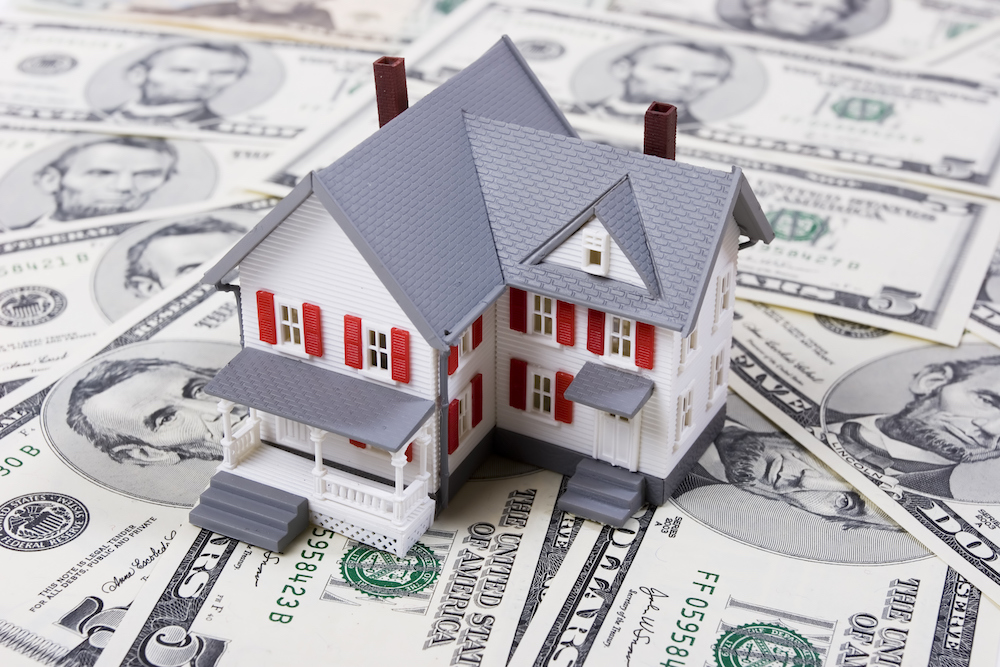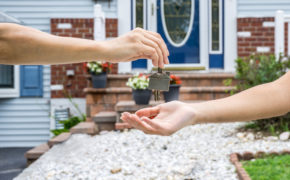Down Payment Protection: What Is It and Do You Need It?
Buying a house is arguably one of the biggest and most exciting purchases you’ll ever make. When purchasing a home, many homebuyers need to carry private mortgage insurance (PMI) and spend a decent amount of time shopping for homeowners insurance. While those two types of insurance are the most common for homebuyers, there’s a new policy on the market—down payment protection.
What is down payment protection?
Down payment protection is exactly what it sounds like: insurance for the down payment on your home. In other words, if you lose your down payment because of property value decline, the insurance policy will reimburse you upon the sale of your home.
How does down payment protection work?
Let’s say you purchase a house for $250,000 with a down payment of $20,000. A few years later, your family has outgrown the home and it’s time to relocate. However, the market is down from when you purchased your home, and the best offer you receive is $220,000. Down payment protection potentially allows a reimbursement of what would have been a loss of $30,000.
Is down payment protection right for me?
If you’re thinking down payment protection sounds like a worthy investment, there are a few conditions you need to be aware of before you can benefit from this insurance policy.
- Your home has to sell for less than what you paid for it.
- Your state’s Federal Housing Finance Agency’s House Price Index has to be lower at the point of sale than it was at the time of purchase in most cases.
- Your home has to be your primary residence, and must be lived in from the point of purchase to the point of sale.
- You must sell your property between two and seven years of purchase.
As you can see, the stars really need to align, not only for you to benefit from the policy, but to have it offset the costs of what you paid into it. Keep in mind, the longer you own your property with down payment protection, the more you’re paying for the policy.
If you’re thinking down payment protection isn’t for you, consider allocating your down payment insurance premium dollars into other beneficial areas. Perhaps starting a special savings account would be of interest. The savings account could act as a buffer in case your home’s value was to ever decline. Plus, you’ll have extra funds stored away in case you’d like to spruce up your home’s appeal with renovations that generate the best return on investment.
Using the money you’d pay for a down payment protection premium towards an additional principal payment to your monthly mortgage would be another beneficial way to spend your dollars.
It would be interesting to review an amortization schedule to see how much lower your mortgage balance would be if the insurance premium’s cost was consistently added to your mortgage principal. When you overpay a mortgage, the loan balance goes down much faster than scheduled. Whether you lose or gain value to the home, that extra paydown on the principle balance is going to help you in the end.
Down payment protection is certainly a byproduct of the 2007 recession. Although there’s still a small window of appeal for this new insurance policy, the window will get smaller and smaller as we move even further away from the dark days of property value decline.
If you’re still confused about down payment protection and whether or not it’s a good investment for you, send us a message or leave a comment below. We’d be happy to provide you with an answer.










